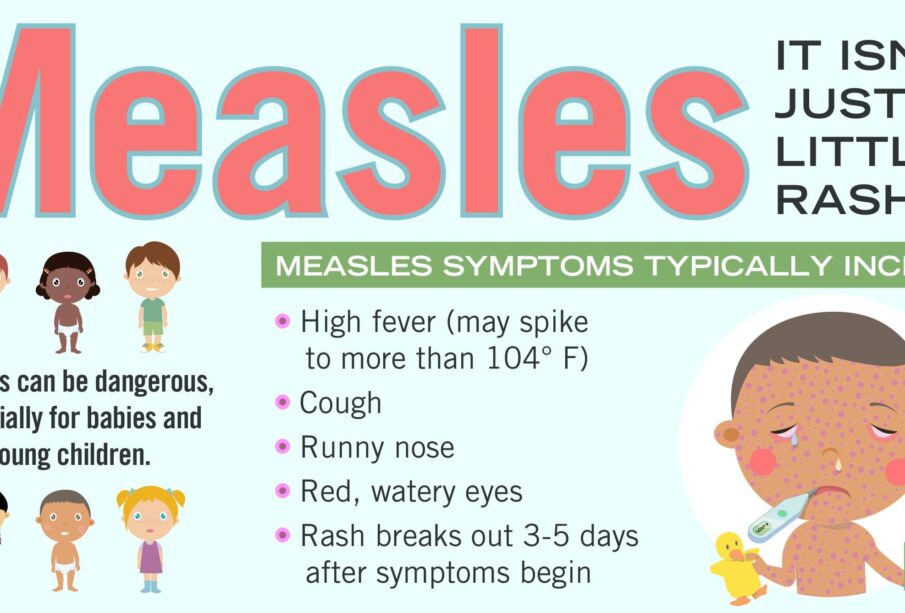Measles infection surges 20% to 10.3m people in 2023

A new report by the World Health Organisation, WHO, has shown that no fewer than 10.3 million people were infected with measles in 2023.
The new estimates from the WHO and the U.S. Centres for Disease Control and Prevention, CDC, showed that the surge was a 20 per cent increase from 2022. The report further traced the surge on inadequate immunisation coverage globally.
Measles is preventable with two doses of measles vaccine; yet more than 22 million children missed their first dose of measles vaccine in 2023. Globally, an estimated 83 per cent of children received their first dose of measles vaccine last year, while only 74 per cent received the recommended second dose.
Coverage of 95 per cent or greater of two doses of measles vaccine is needed in each country and community to prevent outbreaks and protect populations from one of the world’s most contagious human viruses.
WHO Director-General, Dr Tedros Adhanom Ghebreyesus who spoke on the report, said: “Measles vaccine has saved more lives than any other vaccine in the past 50 years. To save even more lives and stop this deadly virus from harming the most vulnerable, we must invest in immunisation for every person, no matter where they live.
“The number of measles infections are rising around the globe, endangering lives and health,” CDC Director Mandy Cohen said. “The measles vaccine is our best protection against the virus, and we must continue to invest in efforts to increase access.”
As a result of global gaps in vaccination coverage, 57 countries experienced large or disruptive measles outbreaks in 2023, affecting all regions except the Americas, and representing a nearly 60 per cent increase from 36 countries in the previous year. The WHO African, Eastern Mediterranean, European, South-East Asia and Western Pacific regions experienced a substantial upsurge in cases. Nearly half of all large and disruptive outbreaks occurred in the African region.
The new data showed that an estimated 107,500 people, mostly children younger than 5 years of age, died due to measles in 2023.
“Although this is an 8 per cent decrease from the previous year, far too many children are still dying from this preventable disease. This slight reduction in deaths was mainly because the surge in cases occurred in countries and regions where children with measles are less likely to die, due to better nutritional status and access to health services.
Even when people survive measles, serious health effects can occur, some of which are lifelong. Infants and young children are at greatest risk of serious complications from the disease, which include blindness, pneumonia, and encephalitis (an infection causing brain swelling and potentially brain damage).
The report further showed that as measles cases surge and outbreaks increase, the world’s elimination goal, as laid out in Immunisation Agenda 2030, was under threat.
“Worldwide, 82 countries had achieved or maintained measles elimination at end of 2023. Just this week, Brazil was reverified as having eliminated measles, making the WHO Americas Region once again free of endemic measles. With the exception of the African Region, at least 1 country in all WHO regions has eliminated the disease.”
It further called for urgent and targeted efforts by countries and partners, particularly in the African and Eastern Mediterranean regions, and in fragile, conflict-affected and vulnerable settings to vaccinate all children fully with two doses of measles vaccine.
“This requires achieving and maintaining high-performing routine immunisation programmes and delivering high-quality, high-coverage campaigns when those programmes are not yet sufficient to protect every child.
It further noted that countries and global immunisation partners must also strengthen disease surveillance, including the Global Measles Rubella Laboratory Network (GMRLN) as strong disease surveillance is critical to optimising immunisation programmes and detecting and responding rapidly to measles outbreaks in order to mitigate their size and impact.











